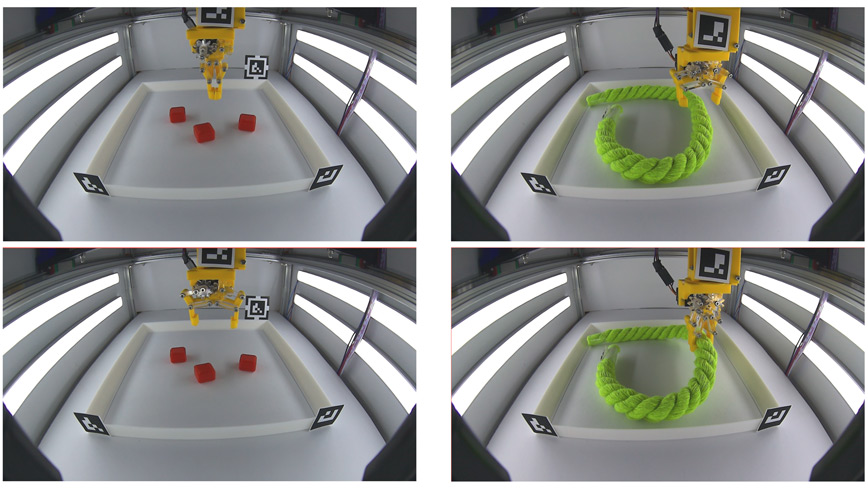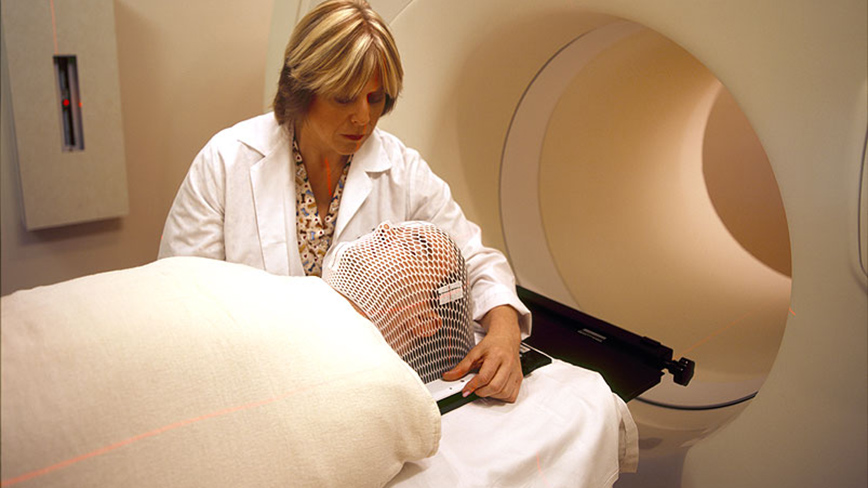Better data analysis can improve treatment of Parkinson’s disease

More accurate data help understand how extensive local brain networks are affected in patients.
A brain imaging technique called magnetoencephalography (MEG) together with sophisticated computational models of the brain offers a more comprehensive understanding of how neural networks in the brain are affected by diseases such as Parkinson’s. This allows for better diagnosis of patients and may pave the way for more effective therapies in future.
This is the conclusion from a study conducted by KTH researchers Pascal Helson and Arvind Kumar in collaboration with colleagues from Karolinska Institute, National MEG facility (NatMEG) and Copenhagen University Hospital.
Their findings were published in the journal Nature Parkinson’s disease.
More extensive than first thought
Parkinson’s disease is usually associated with changes to a person’s motoric abilities but cognitive effects of the disease are as bad. This has led researchers to suspect the neural damage to the brain is more extensive than first thought.
Current Parkinson’s disease diagnosis or treatment does not include assessment of sensory symptoms with much emphasis instead being put on the brain's motor regions. But by using the MEG technique, Helson and his colleagues managed to study parts of the brain that are rarely investigated for brain disorders.
MEG detects changes in brain activity non-invasively with little discomfort to the patient and at a much higher time resolution than other imaging methods such as MRI.
"MEG is completely non-invasive," Arvind Kumar explains.
"The patient sits under a helmet but the machine does not touch the patient's head. However, they have to remain as still as possible, with no movements."
Slower activity
Helson and his colleagues looked at the whole cortex (the grey matter just underneath our skulls) and found that patients who have developed Parkinson’s have damage distributed across the whole brain.
The biggest disease-related changes were seen in the sensory regions of the brain. This is surprising, given that Parkonson’s disease is not known to affect senses like vision.
The researchers used computational models of the brain to guide which aspect of the MEG signals should be studied. They found that brain activity fluctuations were much slower in patients with Parkinson’s disease than in healthy individuals.
This slowing of fluctuation means poor communication among neurons resulting from an imbalance of neurotransmitters.
Accelerating diagnosis
By guiding data analysis using computational models of the brain, the researchers were able to extract data which provides deeper insights into how local brain networks are affected in Parkinson’s patients.
Pascal Helson and his colleagues argue that their results pose specific hypotheses that should be tested further in animal models of the disease. If confirmed, they can contribute to a more detailed assessment of patients with Parkinson’s.
“This new methodology can accelerate the diagnosis and possibly treatment of patients, helping return the brain to more healthy activity,” Helson says.
The work was funded by the Swedish Research Council and Digital Futures. It is part of the Digital Futures project
dBRAIN
.
Reference:
Helson P, Lundqvist D, Svenningsson P, Vinding MC, Kumar A. Cortex-wide topography of 1/f-exponent in Parkinson's disease. Nature Parkinson’s disease. 9, Article number: 109 (2023) www.nature.com/articles/s41531-023-00553-6
For further information, contact:
Text: Sturle Hauge Simonsen
Related news

Better data analysis can improve treatment of Parkinson’s disease
More accurate data help understand how extensive local brain networks are affected in patients.
Read the article
KTH researchers developing new approaches to robotics
Robotics has the potential to unlock large benefits for society, but new applications, such as assistive robotics functions in healthcare require fundamental breakthroughs in how robots reason and int...
Read the article
Four codes that can change the future of energy use and cancer treatments
Over the next four years, researchers at KTH will optimize four codes that can have significant impact on global energy use and the treatment of cancer patients. But competition is fierce between rese...
Read the article
